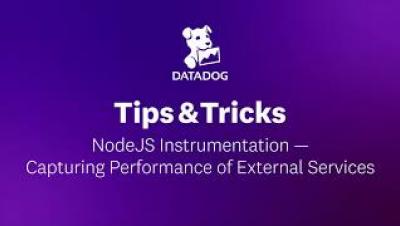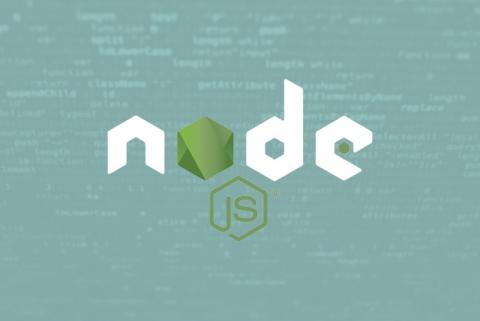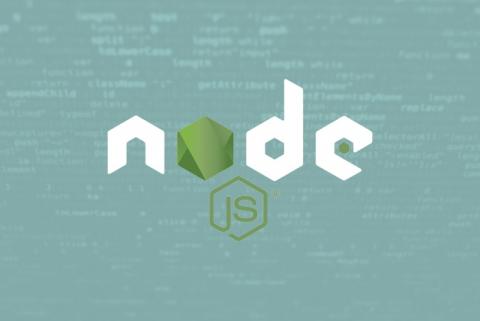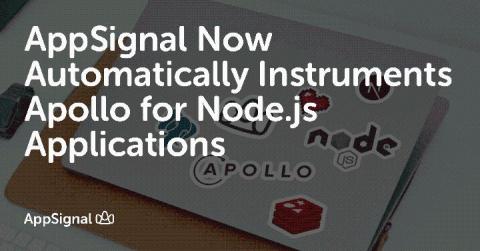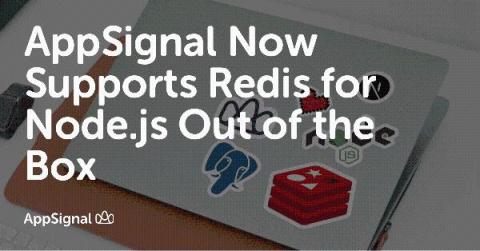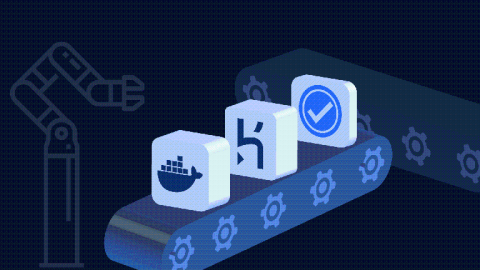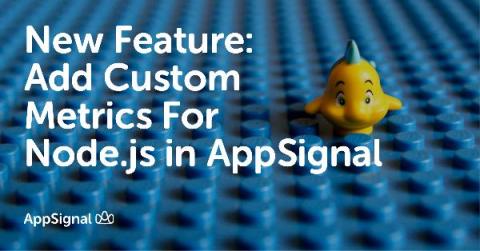Operations | Monitoring | ITSM | DevOps | Cloud
NodeJS
NodeJS Instrumentation - Capturing Performance of External Services | Datadog Tips & Tricks
Node.js Architecture and 12 Best Practices for Node.js Development
Even though only 11 years old, Node.js has emerged to be one of the most popular web development frameworks in the last decade. I’m a big Javascript fanboy, and thanks to Node.js, I can write Javascript code outside the browser to create server-side web applications that are non-blocking, lightweight, fast, robust and scalable.
Security Best Practices for Node.js
Because a lot of systems are connected to the web these days (or, at least, communicate/integrate with it at some level), companies are giving more and more attention to web security. Web security usually comes to public attention when certain events reach the news, for example, security leakages, hacker activities, and/or data-stealing over big companies, some of them really large (like Google, LinkedIn, etc.).
Node.js Logging: A How-to Guide
When visiting a new website, it is quite normal to get carried away by the bells and whistles of the fancy UI and UX and not be able to appreciate all the lower level, back-end code that runs tirelessly to ensure a smooth and fast website experience. This is because your front-end HTML code has a visually rich browser page interface as a platform to showcase its output. Whereas your back-end, server-side code usually only has a console at its disposal.
AppSignal Now Automatically Instruments Apollo for Node.js Applications
We’re happy to announce a new version of AppSignal for Node.js, and support for instrumenting Apollo Server v2+. This means that we’ll save you more some time, and perform more automatic instrumentation for you.
AppSignal Now Supports Redis for Node.js Out of the Box
Starting today with version 0.6.0 of the Node.js integration, instrumenting a Node.js app that uses Redis is much easier. In fact, we instrument it for you - meaning that if you use Redis in your own app, there’s no extra work for you, everything Just Works™ out of the box! 🎉
Heroku Continuous Integration & Deployment with Docker [Hands-On Tutorial]
In this tutorial, we will be using Heroku to deploy our Node.js application through CircleCI using Docker. We will set up Heroku Continuous Integration and Deployment (CI/CD) pipelines using Git as a single source of truth. Containerization allows developers to create and deploy applications faster with a wide range of other benefits like increased security, efficiency, agility to integrate with DevOps pipelines, portability, and scalability.
Node.js Resiliency Concepts: The Circuit Breaker
In 2009 Node.js opened up a door for front-end developers to dip their toes into the world of servers without having to leave the comfort of their language. It’s almost effortless to get started with Node. You can basically copy-paste an entire HTTP server into existence and then install an ODM and you’ve got your CRUD app ready to roll! However, if we’ve learned anything from the amazing Spider-Man, it’s that with great power, comes great responsibility.
New Feature: Add Custom Metrics For Node.js in AppSignal
You can now monitor any metrics you’d like in your Node.js app with AppSignal. With custom metrics and minutely probes by your side, you’ll now have an excellent overview of your app. If you’ve ever thought “I wish we measured this specific thing so I could monitor better what is going on…”, then this feature is perfect for you.



